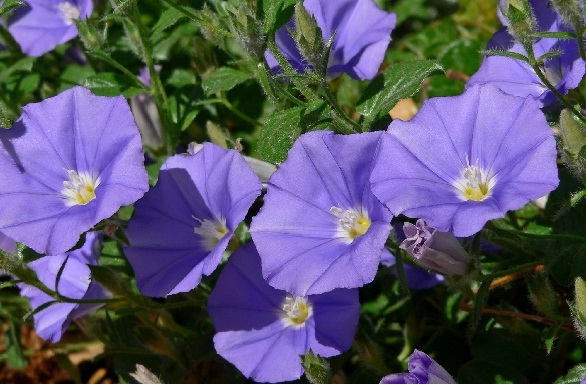General Information
Shankhpushpi also known as wonderful herb because of its multiple medicinal properties. It is mostly used to make Ayurvedic medicines. Its whole part i.e. leaves, roots, stem and other vegetative parts are used for preparing various drugs. Drugs prepared from Shankhpushpi used for the treatment of Asthma, bronchitis, insomnia, insanity, hematemesis, constipation and some kind of ulcers. It is a perennial herb with average height of 2-3 inches in height. Leaves are oblong having light blue flowers and 6-10 black seeds. It is mainly grown in India, Sri Lanka and Myanmar. Meharauni and Lalitpur forest ranges are major Shankhpushpi growing areas in India.




















